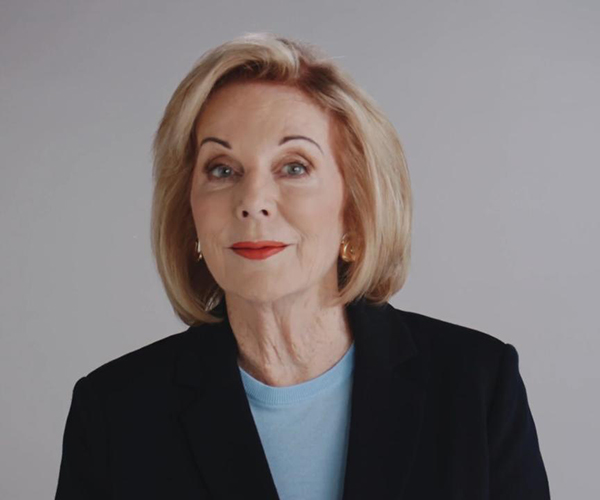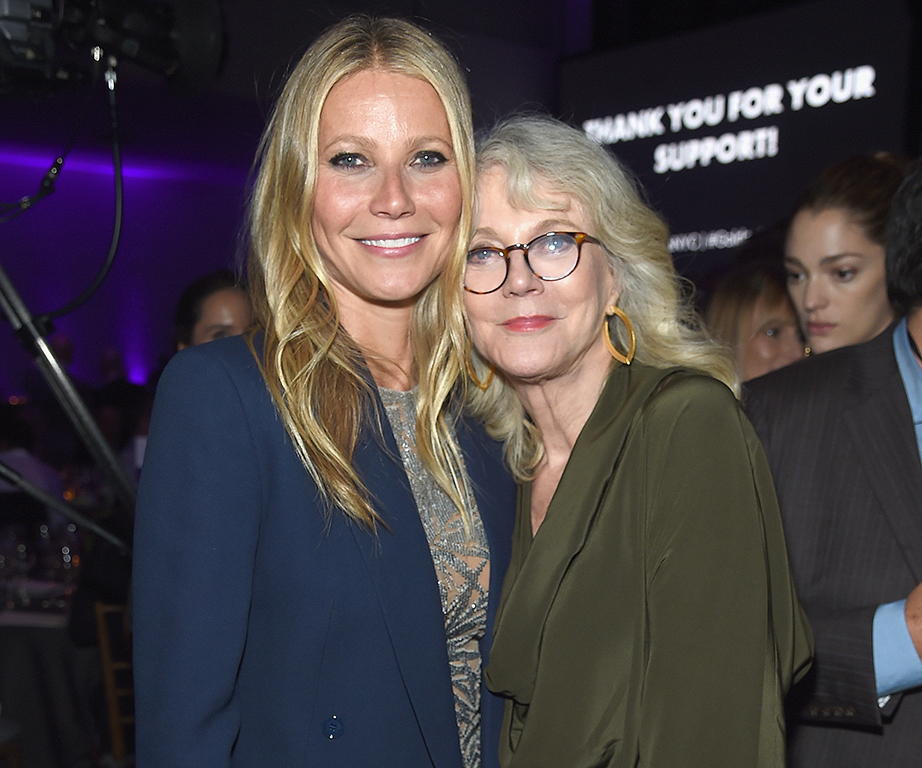Sticks and stones may break your bones but it’s the harder-to-spot bone conditions that we need to watch out for as we age.
Bones are living tissue, growing and developing from birth.
By the time we reach our early 20s, our bones have reached their strongest state.
After the age of 35, our bone density starts to decrease.
For women, bone density can rapidly decline after menopause.
The bone disease osteoporosis can weaken bones as young as 50.
And it is a disease, not a natural part of ageing.
More common than breast and cervical cancer combined, its symptoms often go undetected.
Despite this, there are still many things you can do to make sure your bones stay as healthy as possible.
What does it mean?
Translating literally to “porous bone”, osteoporosis occurs when your bones lose minerals, such as calcium, more quickly than the body can replace them.
This results in bones becoming brittle and prone to fracture.
As bones become thinner and more porous, even a tiny bump or fall can cause the bone to break.
Although any bone can be affected, the most common injury sites are the hip, spine and wrist.
Often people accept back aches and pains as a part of ageing but these are often the subtle symptoms of osteoporosis.
How is it diagnosed?

Osteoporosis occurs when your bones lose minerals more quickly than the body can replace them.
(Image: Getty Images)It’s important to visit your doctor and raise any concerns with them.
If your doc thinks you’re at risk of osteoporosis, they’ll get you to take a simple scan.
All you need to do is lie flat on your back fully clothed and the machine’s arm scans over your body.
After 15 minutes, the scan will reveal whether you need to take action to improve your bone health.
A score of -1 to 1 is normal.
A score of -1 to -2.5 means that you’re at risk of developing osteoporosis – this stage is called osteopenia.
A score of -2.5 or lower means that you have osteoporosis and your doctor will begin treating you with specific medications for bone health.
Are you at risk?

Heavy smokers are more likely to suffer from osteoporosis.
(Image: Getty Images)Some people are at more risk of developing osteoporosis than others, if:
● It runs in your family
● You’ve been on corticosteroids, a medication often used to treat arthritis, for an extended period of time
● You have a low body mass index
● You are a heavy smoker or drinker
DID YOU KNOW? A bone density scan is free for women over 70 years and it’s subsidised for women over 50 years with a fracture. Go to www.thebigo.com.au to find out more information.
What can I do?

Get more calcium in your diet via dairy, nuts and pulses.
(Image: Getty Images)Calcium
Having a nutritious and delicious diet will do wonders for your health but it’s important to make sure that you’re getting enough calcium to keep your bones strong.
The Australian Dietary Guidelines recommend that most people consume 2 ½ to 4 serves of calcium a day, and while supplements can be good, it’s easy enough to hit your calcium targets through the food choices you make.

Oily fish like salmon is rich in vitamin D.
(Image: Getty Images)Vitamin D
Taking some time to soak in the sunshine isn’t just good for your mental health, it’s actually a great way to soak up some vitamin D.
It’s crucial in helping your body absorb calcium.
But don’t use this as an excuse to go outside and get a tan.
It’s still important to balance the risk of skin cancer and sun damage while maintaining adequate levels of vitamin D.
In summer, when UV levels are 3 or above, just a few minutes of sun in the mid-morning or mid-afternoon is all you need.
In winter, when the UV index is below 3, it is recommended that people are outdoors in the middle of the day on most days of the week.
You can also increase your vitamin D levels by adding it to your diet.
Vitamin D is also found in:
● Oily fish – such as salmon, sardines, herring and mackerel
● Red meat
● Egg yolks
● Fortified foods like breakfast cereals

Exercising is great for your bone health.
(Image: Getty Images)Exercise
Your body loves it when you get moving.
It releases endorphins, improves balance, coordination and increases strength.
It also helps to slow bone density from decreasing.
The best exercises for bone health are:
● Weight-bearing exercise: walking, hiking, jogging, climbing stairs, dancing
● Resistance training: weights, gym training, swimming
● High-impact exercise: aerobics, sprinting
● Balance training: yoga, Pilates, gymnastics
But remember, find something that you enjoy.
That way you’re more likely to commit to it as a regular thing.
DID YOU KNOW? Many people believe that dairy is the only source of calcium in their diet. This is actually false. Although it does contain high levels of calcium, it’s not the only way to get your fix. Other foods like leafy green vegetables, fish, beans, nuts and fruits are rich in calcium. This is great news if you’re sensitive to dairy or vegan.
Health News: Spider senses are tingling
If you have arachnophobia, or the intense fear of spiders, chances are you’d rather run a mile than sit down to watch the new Spider-Man movie.
But a recent study has revealed that viewing scenes from the film as little as seven seconds long can help curb your fear!
In the past, researchers have tested a method called exposure therapy where patients are exposed to the things they fear most for short periods of time.
Over time, the level of exposure is increased to desensitise the patient.

Holding a spider for seven seconds could help you fight your fear!
(Image: Getty Images)This is the first time that researchers have tested exposure therapy using scenes from popular movies.
But although the arachnophobes who watched the clips from the movie reported 20 per cent fewer symptoms than they did prior to viewing, this method hasn’t been proven to be a cure just yet.
Experts believe that one day sufferers might be able to practice the therapy at home, making it more practical, cost-effective and, ultimately, more successful.

